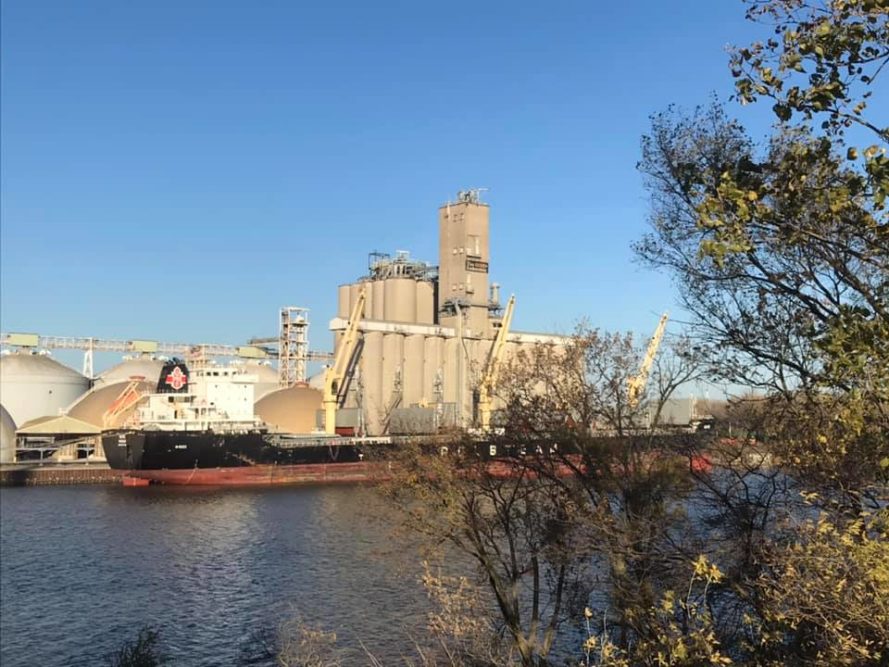OTTAWA, ONTARIO, CANADA — The US 2020 shipping season is looking up as Great Lakes-St. Lawrence Seaway ports and ship operators see an increase in grain shipments.
According to the Chamber of Marine Commerce, Cargo totals on the St. Lawrence Seaway hit nearly 32.3 million tonnes (from April 1 to Nov. 30), down 6.6% from 2019. However, the improved figures in November are attributed to the strong fall harvests increasing grain shipments. Year-to-date grain shipments via the Seaway (including Canada and the United States) are up 23%. US grain specifically is up nearly 20%.
“Grain shipments are expected to continue to be strong for the remainder of the year,” said Bruce Burrows, president and chief executive officer of the Chamber of Marine Commerce. “Ocean vessel traffic currently in the system is up 20% over the five-year average. This will certainly help our Chamber members who have experienced various highs and lows this year due to the pandemic. It’s nice to see the year end on a positive note.”
The Port of Toledo shipping also spiked in November delivering salt, pig iron and sugar, and exporting more than 180,000 tonnes of soybeans around the world. The international shipments coupled with cargo from the lake trading vessels and barges pushed Toledo tonnage totals close to 2019’s totals, due in large part to grain, which is up 61%, according to the Chamber of Marine Commerce.
“This time of year, you get a real sense for the important role the Port of Toledo and the Great Lakes-St. Lawrence Seaway System play in the global supply chain,” said Joseph Cappel, vice president of business development for the Toledo-Lucas County Port Authority. “We are currently reaping the rewards of a good grain crop and we are fortunate that Toledo is both a destination and origin for cargo. Toledo has always been a location where agriculture and industry come together and both are supported by a robust multi modal transportation network.”
The Great Lakes-St. Lawrence Seaway System is a marine highway that extends 2,300 miles from the Atlantic Ocean to the Great Lakes. Approximately 143.5 million tonnes of cargo is moved across the system on an annual basis.






